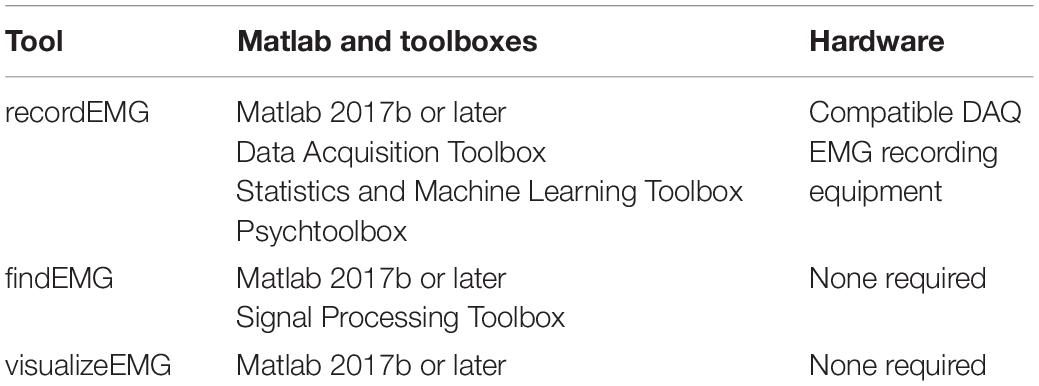
- #Daq matlab 2009 install
- #Daq matlab 2009 driver
- #Daq matlab 2009 software
- #Daq matlab 2009 download
If this window does not appear, launch setup.exe from the root directory of the disk.
#Daq matlab 2009 install
From this window, click Install Device Drivers to begin installation. When you insert this disk, you should see a startup window.
#Daq matlab 2009 driver
You can install the latest version of NI-DAQmx software, available at ni.com/downloadsįor last-minute information on your National Instruments device driver software, refer to your product's readme file, as follows:
#Daq matlab 2009 download
You can download the Traditional NI-DAQ (Legacy) readme at ni.com/downloads. You should use Traditional NI-DAQ (Legacy) only in certain circumstances. Traditional NI-DAQ (Legacy) is an older driver with outdated application programming interfaces (APIs) for developing data acquisition, instrumentation, and control applications for older National Instruments DAQ devices.
#Daq matlab 2009 software
NI-DAQmx and Traditional NI-DAQ (Legacy) have their own APIs, hardware configurations, and software configurations. NI-DAQmx replaces Traditional NI-DAQ (Legacy). NI-DAQ 9.x comes with the latest version of the software driver, which is called NI-DAQmx. % call if the reshape fails, we will just return the data as is.National Instruments Device Drivers Readme National Instruments Device Drivers Readme August 2011 Release Important Information Concerning NI-DAQ

Therefore, we will trap the error with an EVAL % irregularly spaced data, then the division we are about to do % size arguments and then transpose the data. % MATLAB stores data in columnwise format, we have to reverse the % from the sscanf of the first line of data) and the total number % Resize output data, based on the number of columns (as returned

% header lines using the following IF statement. % Note that we only assign this line variable to a subset of Header = setstr(' '*ones(no_lines, max_line)) % headers were 10 lines or less, we could use the STR2MAT % line is stored in a unique variable using the 'eval' statement % and the maximum line length are stored explicitly, and each % Create header output from line information. % the processing that stores header information, and just read % Now that we have read in the first line of data, we can skip % Store the last-read line in this variable.Įval() % Create unique variable to hold this line of text information. % processing time, because fgetl is relatively slow (compared to This part of the program takes most of the We loop through the file one line at a time until

% entry for 'sscanf' for more information on this output % index is one, indicating zero characters read. % 'next index' output: in the case of a stripped 'e' the next We can trap this case specifically by using the % first character of the line is 'e', then this will scan as % One slight problem, pointed out by Peter vanderWal: If the % of columns and the total number of data points.ĭisp('Warning: file contains no header and no data') % way we can compute the size of the output based on the number % We also store the number of columns in the data we read. % in assigning the 'header' output variable. % We store the number of lines in the header, and the maximum If this returns a -1, we did not open the fileĮrror('File not found or permission denied') % See also LOAD, SAVE, SPCONVERT, FSCANF, FPRINTF, STR2MAT.Įrror('Function requires one input argument') Įrror('Input must be a string representing a filename') % and the header must come before the data. Only one header and data set will be read, % Limitations: No line of the text header can begin with % contain the same number of points), the data is returned as % regularly spaced (i.e., each line of ASCII data does not % row per line of ASCII data in the file. % matrix has the same dimensions as the data in the file, one % The second output, DATA, is the data matrix.

% The first output, HEADER, is the header information, % is no default extension any extensions must be explicitly % called 'filename.ext', which contains a text header. % = HDRLOAD('filename.ext') reads a data file % HDRLOAD Load data from an ASCII file containing a text header. Mat_a(current_l - l,:) = str2num(content)


 0 kommentar(er)
0 kommentar(er)
